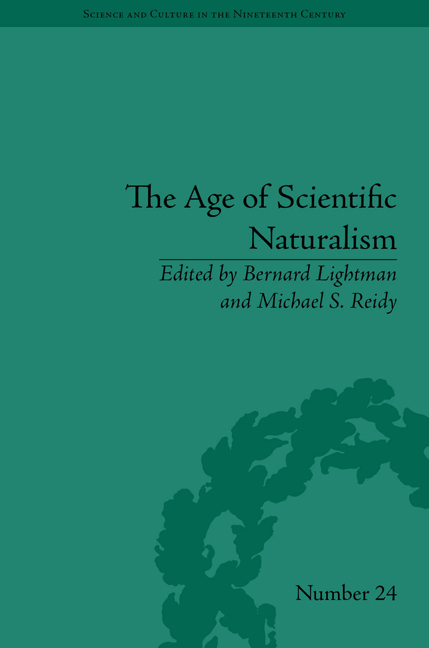Introduction: John Tyndall, Scientific Naturalism and Modes of Communication
Summary
By the autumn of 1872, John Tyndall (1820–93) was at the height of his influence. He had published two well-received books the previous year: his adventuresome Hours of Exercise in the Alps, an account of his most breathtaking mountaineering exploits, and his more cerebral Fragments of Science, a candid discussion of his views on everything from dust and disease to prayer and miracles. He dedicated the latter volume to his ‘friends in the United States’, where he was set to embark for the first time, finally succumbing to repeated invitations from the nation's leading intellectuals, including Joseph Henry, Louis Agassiz and Ralph Waldo Emerson.
It was an opportune time for him to set sail. He had just returned from another fulfilling climbing season in his beloved Alps, and his rooms at the Royal Institution – where he lectured, researched and lived – were undergoing renovation. Yet a more controversial reason to flee England simmered in the background, one that would follow him across the Atlantic. That July, three months before he set sail, the London Contemporary Review published an anonymous letter, ‘The Prayer for the Sick: Hints towards a Serious Attempt to Estimate its Value’, along with an introductory note by Tyndall. The letter suggested that, if organized correctly, the efficacy of the weekly prayers of all thirty thousand congregations throughout England could be tested experimentally through quantitative methods.
- Type
- Chapter
- Information
- The Age of Scientific NaturalismTyndall and his Contemporaries, pp. 1 - 14Publisher: Pickering & ChattoFirst published in: 2014



